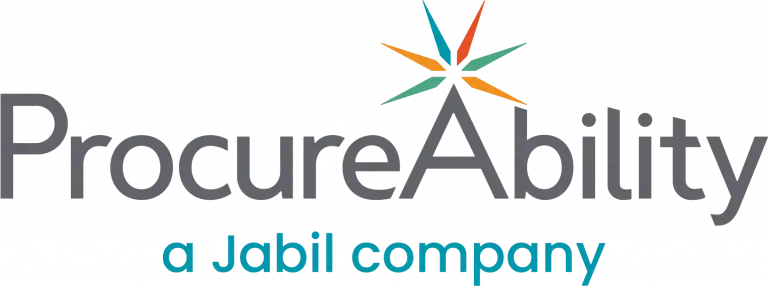Preparing Contracts for the Holiday Rush: Digital Procurement Best Practices
While many teams are focused on summer projects, seasoned procurement leaders know it’s never too early to prepare for Q4. The holiday season, for many organizations, is the most operationally intense period of the year. The ability to manage contracts strategically – before the pressure hits – can make or break how procurement supports the business during peak demand.
In the digital age, contract management has evolved far beyond filing cabinets and shared drives. It’s now a dynamic, data-rich process strengthened by AI that enables procurement teams to manage complexity, mitigate risk, and create real business value. Especially during the holidays, when volatility is the norm and execution is everything, contract visibility and agility become essential.
Here are 5 digital procurement best practices to help you prepare contracts for the holiday rush:
1. Rethink contracts through a holiday lens
One of the smartest moves right now is to review your contracts with holiday readiness in mind. That means not just checking expiration dates, but also ensuring your contracts are built to flex with holiday surges and shifting priorities. A smart, proactive review now can prevent costly disruptions later.
- Can the supplier accommodate last-minute volume increases?
- Are your escalation clauses aligned with today’s market conditions?
- Are your supplier terms, such as lead times and other KPIs, optimized for Q4 business demands?
A pre-holiday contract assessment helps surface risks early and opens the door for proactive conversations with suppliers before issues arise.
2. Ensure digital access is the default
A centralized, cloud-based contract repository gives procurement teams the visibility and control they need to act quickly and strategically. This best practice gives procurement real-time access to the terms that matter most: pricing schedules, delivery SLAs, rebate structures, and renewal windows. More importantly, it connects the dots between contract data and the broader sourcing strategy. When digital tools are integrated with supplier performance dashboards, demand forecasts, and market intelligence, they give procurement teams the power to anticipate pressure points and take action before they become bottlenecks.
3. Make procurement everyone’s business
Contract management becomes much more effective when it’s a shared responsibility. Holiday readiness isn’t a procurement-only effort. Finance, legal, supply chain, and even sales should be part of the conversation. A collaborative, cross-functional approach ensures that contracts reflect current priorities and not just legacy terms. For example, payment terms that were once well-suited to a steady-state environment may benefit from adjustments that reflect evolving business dynamics or market conditions. By bringing internal stakeholders together early, procurement leaders can ensure that contracts consider and support all aspects of the business needs during the holiday crunch.
4. Use contracts to build resilience, not just reduce risk
There’s an important mindset shift happening in best-in-class organizations: contract management is seen as a strategic enabler of resilience. The most effective procurement teams use contracts to strengthen supplier relationships. They’re embedding flexibility into agreements, establishing primary and secondary supply pathways, and even co-creating contingency plans with strategic suppliers. These proactive strategies help companies stay ahead, particularly if and when conditions change quickly.
The reality is that no contract can predict every scenario. Yet by integrating the right digital infrastructure, internal alignment, and supplier engagement, procurement teams can move faster, respond smarter, and support the business more effectively during the busiest time of the year.
5. Don’t wait until Q4
By then, it’s too late to start auditing contracts or untangling fulfillment issues. The time to invest in contract visibility, cross-functional collaboration, and data-driven sourcing is now. These steps give procurement leaders the agility and resilience they’ll need when peak season hits. When managed strategically, contracts become an important lever for business resilience and impact, not just a compliance task.
Strengthen your team’s approach to contract management ahead of Q4
For teams that need to enhance efficiencies and alignment, Managed Services can provide ongoing support across contract administration, visibility, and governance, helping your team stay focused on high-impact initiatives.
Whether it’s maintaining an up-to-date contract repository, ensuring compliance with key terms, or managing renewals and performance tracking, Managed Services teams can work alongside yours to reduce administrative burden and improve responsiveness.
With consistent processes, real-time insights, and the flexibility to scale as priorities shift, Managed Services can be a valuable extension of your procurement function, especially when every hour counts during peak season.



